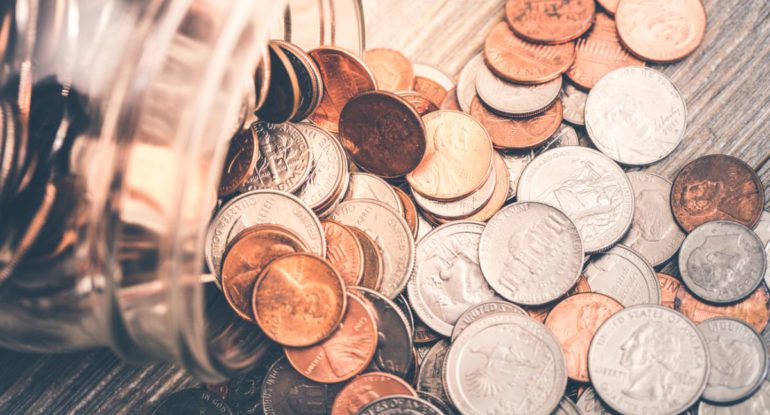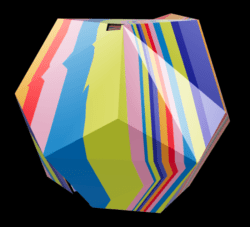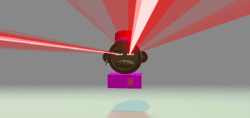Exploring The World of Ordinals: 10 Ordinal Metas Everyone Should Know

Each Bitcoin is made up of 100 million pieces called satoshis (or sats). With the new Ordinals protocol, people who run Bitcoin nodes can write data on each block, which is called an Ordinal. That Bitcoin data can include smart contracts, which in turn make it possible to use NFTs. Ordinals are, roughly speaking, non-fungible tokens that you can create directly on the Bitcoin blockchain.
But that’s not quite true. That’s the short answer, but there are a few important differences between NFTs and Ordinals.
How are Ordinals and NFTs different?
NFTs on Ethereum (or an Ethereum Virtual Machine blockchain) often point to off-chain data on the Interplanetary File System (IPFS), a decentralised file storage system that can be changed using dynamic metadata. To give an example, some NFT projects change the metadata of each NFT to improve the quality of the image. They might even ask their owners to click the “refresh metadata” button on OpenSea to get a new, better image.
The fact that an NFT’s metadata can be changed points to a problem Rodarmor was trying to fix when making the new protocol. Rodarmor thinks that NFTs are “incomplete” because many of them need data from off-chain. On the other hand, Ordinals are “complete” because all of the information is written directly on the blockchain. Because of this, Rodarmor calls them digital artefacts instead of Bitcoin NFTs. Also, NFTs often come with royalties for the creator, but digital artefacts don’t. Rodarmor says that an Ordinal is supposed to show what NFTs should be, what they sometimes are, and what inscriptions are by definition.
All of this means that Ordinals on Bitcoin could be a sign of a change in Bitcoin’s culture, but they could also be a technical improvement over NFTs. So that you know what’s going on, here’s how to buy, get, and store your first ordinals.
Also, read – Your Ultimate Guide To Bitcoin Ordinals And NFTs
Gm Rastas! 🟥🟨🟩
Lets Break The #Ordinals market… 👀
11 days until we show people what real utility is…
Are You Ready? 👇🏻
✅Gaming
✅Metaverse
✅Utility
✅Culture
✅Connections
✅Bitmaps#BTc #Bitcoin #NFT #NFTS #Ordinal #Bitmapbhttps://t.co/ZlEAkC1Rdo pic.twitter.com/btJXfN99bB— BTC Rastas🟥🟩🟨 (@btcrastas) August 3, 2023
Top 10 10 Ordinal Metas
Since its emergence in January 2023, Ordinals has become a captivating phenomenon in the world of NFTs. While collectors on Bitcoin have been engrossed in the latest trends and innovations, many Ethereum and Solana NFT collectors have also shown interest in Ordinals. However, they often find themselves perplexed by unfamiliar concepts like teleburning, cursed inscriptions, and rare sats. This article aims to break down the essential trends in the Ordinals ecosystem, providing newcomers with a better understanding of the Ordinals market.
1. Teleburning
Teleburning involves teleporting an NFT from another chain to Bitcoin by burning it on the origin chain and then inscribing it onto Bitcoin. Only the on-chain owner of an NFT can teleburn it, and this action doesn’t require the permission of the artist or founder. However, certain projects may not recognize teleburning as an official transfer of the token, voiding all utility and IP rights associated with owning the teleburned token. Teleburning utilizes a relatively untested form of on-chain provenance, where the original token technically sits in a wallet inaccessible on the origin chain, while a smart contract on the origin chain provides an on-chain pointer to the new inscription on Bitcoin.

2. File Type
Ordinals is an abstract protocol that supports various file types beyond JPEGs. Artists can inscribe songs, videos, games, books, and more onto Bitcoin. For example, artists like FAR have inscribed 3D renderings of buildings, allowing them to be viewed interactively in explorers and projected into the real world with augmented reality on iPhones.

3. Domain Names
Similar to decentralized DNS systems on other chains, Bitcoin also has protocols for domain names. Unlike other chains, Bitcoin’s domains are free to claim, have no renewal fees, and support all top-level domains (TLDs). To claim a domain, one must be the first to inscribe it. Marketplaces like UniSat, Magic Eden, and Ordinals Wallet have integrated with these protocols, but their mass adoption on Bitcoin is yet to be seen.
4. Cursed Inscriptions
The Ordinals protocol specifies criteria for a valid inscription. However, some inscriptions fail to meet these criteria, leading to them being indexed as “Cursed” after an upgrade in May. This indexing alleviates concerns by bringing the invalid inscriptions into the fold without disrupting the order of existing positive inscription numbers important to certain collectors.
5. Parent Child
An upcoming upgrade to the Ordinals Protocol will enable on-chain provenance for collections. Each collection will have a “parent” inscription that all “children” inscriptions will point to. This opens up interesting possibilities for collections, like using a coveted <100 inscription as the parent or creating collections with multiple parents and a grandparent.
6. File Size
The size of a file directly impacts the cost of inscribing it. Larger files require higher fees to the Bitcoin network. With a limit of 4 MB per block, 400 KB is the practical limit for most inscribers. Some artists focus on creating tiny files like sub-1 KB pixel art and SVG pieces.

7. Inscription Numbers
The Ordinals Protocol assigns a unique number to each inscription based on the order it was inscribed in. The low or special numbers are considered collectible and have formed the basis of clubs like the <100 Club, <1K Club, and <10K Club. Inscription numbers play a crucial role in the Ordinals market, affecting the value and collectibility of an inscription.

8. BRC-20
Fungible tokens on Bitcoin are represented by BRC-20, a meta protocol built on top of the Ordinals Protocol. Currently, most BRC-20 tokens are meme coins, but as Bitcoin’s Web3 ecosystem matures, expect to see governance tokens, DeFi tokens, and more.
9. Recursion
A recent upgrade to the Ordinals Protocol allows inscriptions to request content from other inscriptions. This enables more efficient on-chain storage and the ability to create generative art more inexpensively. Recursion also unlocks provably random on-chain reveals, a crucial feature for generative artists and collectors.

10. Rare Sats
Every Bitcoin is made up of 100 million sats, and the Ordinals Protocol introduces an indexing method that allows each sat to be individually numbered and tracked. Rare sats, also called exotic sats or unique sats, have special significance and are highly valued by collectors. Artists can incorporate rare sats into their art, enhancing its value and uniqueness.
As Ordinals continues to evolve, it remains an exciting and dynamic space for artists and collectors alike. Understanding these key trends can help navigate the complex and fascinating world of Ordinals.




























































